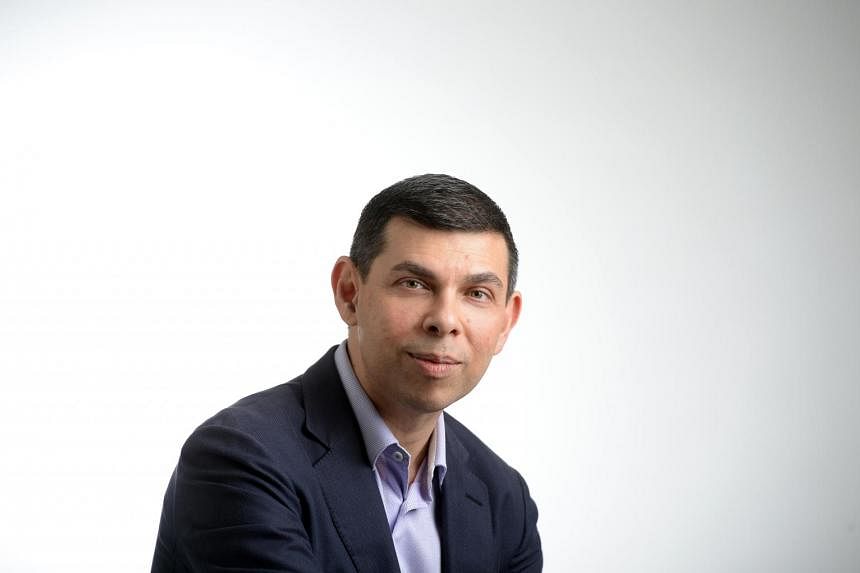I HAVE visited many newsrooms around the world to meet fellow editors in recent years.
We all face the same challenges - serving readers, keeping eyeballs, meeting deadlines across multimedia platforms through the day.
Every day - sometimes several times within a day - there is a new, dramatic story to be told. Earthquakes, epidemics, terrorist attacks, shocks in the market.
Or planes going missing mysteriously, without a trace.
Each of these stories makes the headlines and dominates the news.
As newsmen, we naturally feel the adrenaline rush when these stories break, and work to give them the play they deserve on our pages and platforms.
We do so because we know readers respond to these. Often, you are shocked, saddened, silenced or surprised by these developments.
You want answers. And we in the media try to give you what answers we are able to gather, to the best of our abilities, as fast as we can.
But as the world gets more complex, and the pace of change seems ever quicker by the day, many readers tell us they want more.
You want answers to deeper questions. Like, why is this happening? How can we address the issue, solve the problem, offer some hope, and even inspiration? Change the world, or at least make it just that little bit better, if only for a while?
Good newspapers try to meet this need in their features and analysis pages on a regular basis.
Still, a growing number of newspapers are now trying to go even further, by adopting a slightly different approach to the news, which focuses not just on the problem, but also seeks to tease out solutions and answers to the challenges they pose.
Enter Impact Journalism.
A group of 20 newspapers started featuring such stories three years ago, collaborating by sharing ideas and resources to put together the first Impact Journalism Day supplements in 2013.
Happily, the number has expanded this year to 45, including some of the world's leading news organisations, brought together by our friends at Sparknews, a French-based group of journalists with a mission to make an impact and improve the world through the reports they put out.
These supplements have thrown up stories like the one we featured last year on The Mothers of Light, an initiative by Singapore-based social enterprise Nusantara Development Initiatives.
The group supplies affordably priced solar lamps to village women in Riau, Indonesia.
After it was featured, many Straits Times readers wrote to the group offering to sponsor lamps, said Ms Gloria Arlini, 31, co-founder of the initiative. One couple wanted to donate a dozen lamps to a Nepalese monastery, while another group recently bought about 30 lamps to help flood victims in Kelantan.
Ms Arlini told The Straits Times: "The Impact coverage has helped increase the visibility of the issues of energy, poverty and women's empowerment."
That was gratifying, which is why we are back again with this supplement.
This year, our ST reporters have identified several equally interesting and worthy efforts by others in Singapore, such as a team of National University of Singapore (NUS) students who put their minds together to design a 300g water filtration system that fits easily into a backpack and provides an easy-to-use, low-cost way of providing clean, drinking water, which has helped save lives.
Another idea: A jacket that Dr James Teh, an NUS researcher, designed to enable him to give long-distance "hugs" to his flight stewardess girlfriend while she was away on her travels, and which has been transformed into a way of giving succour to troubled people to help calm their nerves.
Our media partners abroad have thrown up equally innovative solutions to problems as diverse as deforestation, landmines, power as well as food shortages.
They even report on clever dogs in Switzerland that are trained to sense when their owners are in need of a shot to ward off hypoglycaemia to prevent them from passing out, and playgrounds in Ghana where merry-go-rounds for the children to have some fun also produce much-needed electricity for the community.
From floating schools to provide education to rural children in Nigeria to rice banking projects to provide food and work for villagers in Bangladesh, reporters from Impact Journalism partner publications across the globe will take you to the scene to meet people who are making a difference through their efforts, in the way they know best.
I hope you will find these reports inspiring and a joy to read.
We hope they might also prompt you to think about how you, too, can pitch in to make an impact in your own way.



